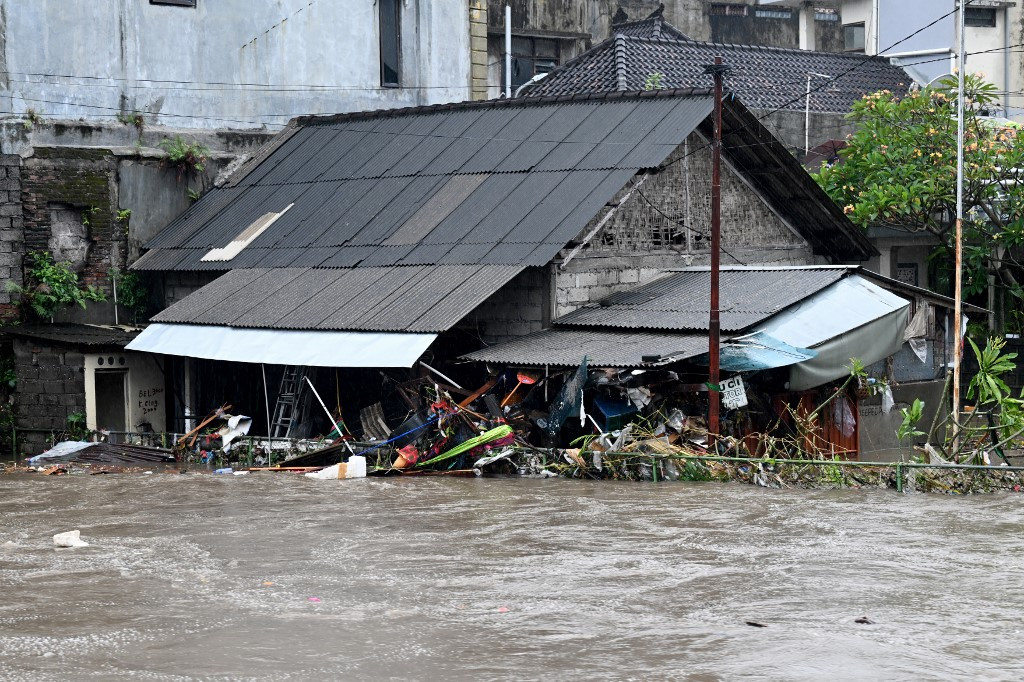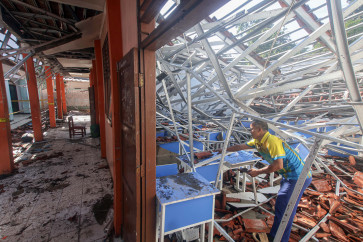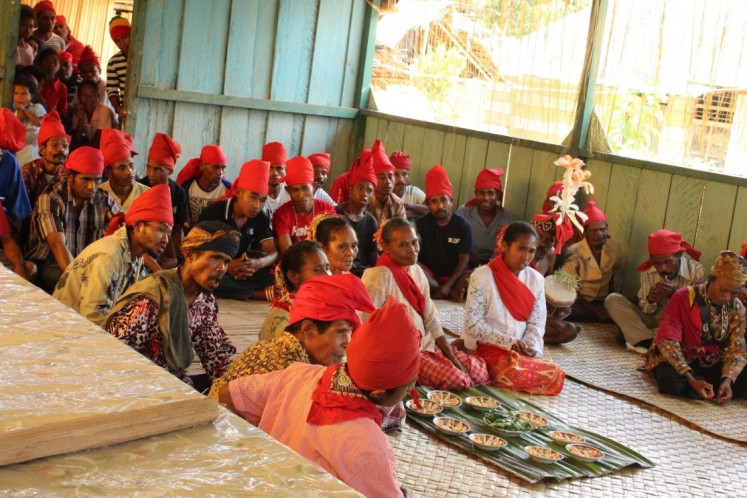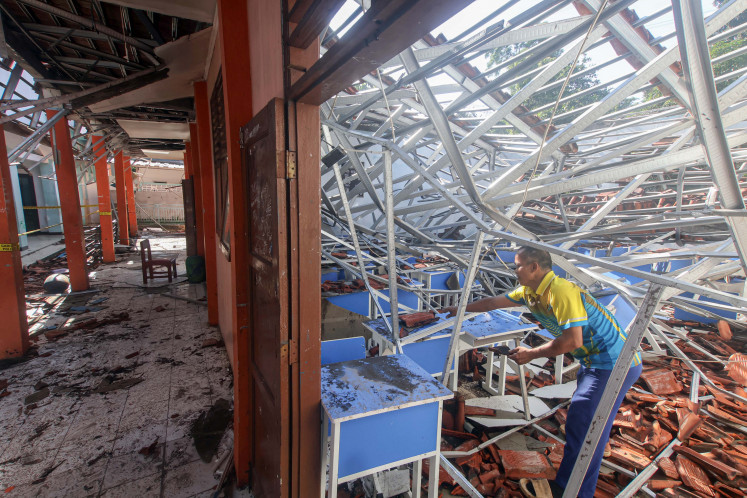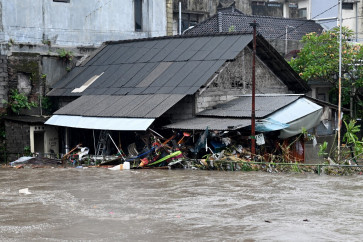Popular Reads
Top Results
Can't find what you're looking for?
View all search resultsPopular Reads
Top Results
Can't find what you're looking for?
View all search resultsBali’s sustainability paradox: From overtourism to net zero
Bali projects an image of sustainability while its economy rests heavily on over-tourism, straining land, water and energy, depending on fossil-fueled generators.
Change text size
Gift Premium Articles
to Anyone
B
ali has long been Indonesia’s stage for the world, even better known than the country itself. While famed among tourists for its serene landscape and rich cultural heritage, Bali has also witnessed how world leaders put aside their differences and shaped the pathway towards a better future.
The 2007 United Nations Climate Conference, remembered as the birthplace of the “Bali Roadmap,” and the G20 Summit in 2022 were not just events, they were performances of identity. Bali allows Indonesia to appear as something other than a coal-producing country: a nation with deep cultural wisdom, capable of leading the conversation on sustainability.
At the height of the Indonesia G20 Summit in 2022, the Bali provincial administration stated that the island will achieve a net-zero emission target by 2045, 15 years ahead of the national target. To further achieve this, the Bali Net Zero Emission 2045 initiative was declared in collaboration with multiple non-government organizations in 2023.
Yet beneath the spotlight lies a paradox. Bali projects an image of sustainability while its economy rests heavily on over-tourism, straining land, water and energy, depending on fossil-fueled generators. In 2024, tourism contributed Rp 107 trillion (US$6.4 billion), or 44 percent of Bali’s regional GDP. Energy demand has surged alongside beach clubs, resorts and restaurants. Since the pandemic, electricity consumption has grown 16.3 percent annually, nearly three times the national average.
Floods earlier this month revealed the fragility behind the showcase. Heavy rains triggered flash floods and landslides that killed 16 people, displaced hundreds and damaged critical infrastructure. These were not merely natural disasters but the result of accumulated vulnerabilities: farmland converted into villas, rivers clogged with waste, zoning rules ignored and drainage systems overwhelmed. Climate change is intensifying extreme rainfall, but it is unchecked construction and weak enforcement that turn weather into catastrophe.
The contradiction deepens when looking at Bali’s energy system. In Celukan Bawang, about a 3-hour drive from the crowded Canggu beach clubs, three coal-fired units have been pumping 380 megawatts (MW) of power since 2015. Together with 688 MW of gas plants across the island, they sustain Bali’s booming tourism economy while releasing about 4 million tons of CO2 annually.
Bali also imports around 25 percent of its electricity from Java, leaving the island vulnerable to supply disruptions. The May blackout caused by a Java-Bali interconnection fault highlighted the urgency of reform. With a reserve margin of just 23 percent, well below the national standard of 35 percent, Bali risks an energy deficit.

